Enhancing your website's SEO is a multifaceted task, and one of the most effective yet often overlooked strategies is internal linking. Internal links are not just pathways for navigation; they are powerful tools that can significantly influence your site's SEO performance. In this comprehensive guide, we'll explore the nuances of internal linking, its impact on SEO, and advanced strategies for effective implementation.
In-depth Analysis of Internal Linking for SEO:
- Understanding the SEO Value of Internal Links: Internal links do more than connect web pages; they establish a hierarchy and network within your site, guiding search engines and users alike. This section will delve into how internal linking contributes to a well-organized website structure and aids in distributing page authority across your site.
- User Experience and Site Engagement: The role of internal links in enhancing user experience cannot be overstated. We'll discuss how well-placed internal links can reduce bounce rates and increase time on site, both of which are indicators of a site's value to search engines.
- Internal Linking and Page Authority: Here, we'll explore how internal linking can affect the distribution of page authority and link equity within your site, potentially boosting the performance of key pages in search engine results.
Advanced Internal Linking Strategies:
- Contextual Linking: Learn the importance of placing internal links within the content contextually, ensuring they feel natural and add value to the reader’s journey.
- Optimizing Anchor Text: We'll delve into best practices for crafting anchor text that is both informative and keyword-rich, enhancing its SEO value without resorting to keyword stuffing.
- Link Placement and Visibility: Discover the best locations within your content to place internal links for maximum engagement and SEO benefit.
- Balancing Link Distribution: Understand the significance of evenly distributing internal links across your site to avoid concentrating too much authority on certain pages while neglecting others.
Technical Considerations and Tools:
- Site Architecture and Internal Linking: Gain insights into how your website’s overall architecture impacts internal linking strategies and SEO.
- Using Tools for Internal Link Analysis: We'll introduce tools and techniques for analyzing your site's current internal linking structure, identifying gaps, and opportunities for improvement.
Real World Examples of Advanced Linking:
Real-World Success Examples:
- Why does Wikipedia command such authority across countless search queries? The answer lies in its intricate web of internal links. Each article is a nexus of relevant information, seamlessly guiding you through related topics. This not only enriches the user experience but ensures a smooth crawl for search engines, distributing page authority throughout the site. The result? Unparalleled SEO performance that many can only aspire to.
- Consider Amazon, a behemoth in the online retail space. Ever noticed how effortlessly it recommends related products? This internal linking strategy doesn't just enhance user experience; it's a critical component of their SEO success. By creating a dense network of links, Amazon efficiently spreads link equity, making each page a contender in search engine rankings while helping users find exactly what they need.
- Zappos takes internal linking to the next level in the e-commerce sector. By linking related product categories and guides within product descriptions, they not only improve navigation but also boost the SEO of their category pages. This thoughtful approach to internal linking enhances user engagement and leads customers on a journey that often ends with a purchase. The lesson? Internal links can be a powerful tool in converting visitors into customers.
- The New York Times exemplifies how internal linking can elevate journalistic content. By connecting related articles and resources, they create a more engaging reader experience, encouraging exploration and increasing time on site. This strategy not only captures the reader's interest but also spreads link equity across their articles, improving their visibility and authority in search results.
- Etsy demonstrates the power of internal linking within a niche marketplace. By interlinking product listings with related categories, buyer guides, and seller stories, Etsy creates a rich tapestry of content that guides users through a personalized shopping experience. This approach not only helps in ranking for a wide array of long-tail keywords but also builds a strong, interconnected community of buyers and sellers.
Have you ever wondered why certain websites consistently top the search engine results, seemingly without effort? The secret, often, isn't just in the quality of their content, but also in their mastery of internal linking. Let's dive into some real-world success stories that highlight the transformative power of a well-implemented internal linking strategy.
1. Wikipedia: The Encyclopedia of Internal Linking
2. Amazon: A Marketplace Connected
3. Zappos: Fashioning Links with Style
4. The New York Times: Narrating Through Links
5. Etsy: Crafting a Niche with Links
Internal linking is an essential element of a robust SEO strategy. By understanding and leveraging the principles of effective internal linking, you can significantly improve your website’s search engine visibility, user engagement, and overall SEO health. Implement these advanced techniques and watch as your site climbs the ranks in search engine results.
By expanding each section with more detailed explanations, adding technical considerations, and including real-world examples, the guide becomes more comprehensive and valuable for readers seeking to deepen their understanding of SEO through internal linking.









